Cows make Christmas extra cheerful
It might seem like a real chore to have to take care of the animals before any Christmas gifts or meals can happen, but to me it is such a special time.
Read MoreHello Everyone. I can’t believe that summer is rapidly coming to an end. Although COVID-19 numbers are starting to rise again, this summer felt a little more normal. Fair, camps, vacations and other summer activities made the time fly by.
Unusually dry weather provided ample time this year to get outside to enjoy the outdoors, complete some projects, and find other recreational opportunities. As you may notice in your own yard, the dry weather does come with a cost. Approximately 77% of Trumbull County is in a D0 drought, which is classified as “abnormally dry” by the U.S. Drought Monitor. Conditions during a D0 drought are classified by short-term dry periods that will slow crop progress and has the potential to impact longer-term water deficits. Water deficits are quite easy to see this year with crunchy grass, stressed plants and short crops.
Corn in Trumbull County is pollinating or has just passed pollination. This period in crop development is critical for a good yield at harvest time and requires adequate moisture. Little to no water will result in ears of corn with the end kernels not developing and the remainder of the kernels will be smaller. Losing a few kernels on an ear may not seem like a big deal, but over the county we are likely to see a 10% (or more) decrease in corn yield this year. As I’ve written about before, input prices for planting crops were very high this year, and crop prices have dropped so every kernel matters.
Our soybeans are stressed as well, but if we get some rain for the rest of this month, we may have an average crop yield. Soybeans are pollinating and, just like corn, water is important to fill the soybeans in the pod. Yield is measured in bushels, which is a volume, so the larger the soybean or corn kernel, the more bushels you will get per acre. For perspective, a bushel is 9.3 gallons, or two almost full five-gallon buckets. Any yield loss this year is a decrease in the farmers paycheck.
It’s not just the farmers who are struggling with the dry weather. Gardeners, landscapers and homeowners all are finding ways to keep their plants watered. In our office we have seen many drought-related issues in trees, vegetables and ornamentals over the past three weeks. Specifically, we have seen an unusually high number of requests to look at trees that are dying. Dry weather alone will not cause too much alarm for an established tree, but when the dry weather is coupled with stress from disease or damage, that is when we see leaves drop and other symptoms that cause concern. Tar spot of maple and oak gall wasp are yearly pests that usually are overlooked because of the minimal damage they cause, but we have had several inquiries this year because the dry weather is making the pests more apparent than normal.
If you have questions about plant diseases or general gardening questions, our Ask an Expert Hotline is available from 9 a.m. to 11:30 a.m. Monday at our office in Cortland. No appointment is necessary. You can stop in with a plant sample or give us a call; our Master Gardener volunteers are here to help.
One final note for this month. Please stay alert for spotted lanternfly. We are getting reports that infestations are being found throughout the Mahoning Valley. If you find one or think you found one, call our office at 330-638-6783, or send me a picture. You can read more about spotted lanternfly here.
Take care and enjoy the remainder of your summer.
Submitted by Lee Beers, an Agriculture & Natural Resources Educator for OSU Extension – Trumbull County.
OFBF Mission: Working together for Ohio farmers to advance agriculture and strengthen our communities.


It might seem like a real chore to have to take care of the animals before any Christmas gifts or meals can happen, but to me it is such a special time.
Read More

Happy Thanksgiving, Everyone! I say it every year, but Thanksgiving is my favorite holiday. The gathering of friends and family…
Read More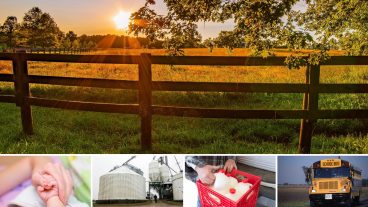

We need to get back to being people who see the good before the differences. Because when agriculture thrives, communities thrive.
Read More

As we pull on our hoodies, light our jack-o’-lanterns and sneak just one more piece of candy, we can thank agriculture for giving us the most spooktacular night of the year.
Read More

It is currently illegal to sell unpasteurized milk in Ohio. There is a renewed interest in raw milk sales, so that could change.
Read More
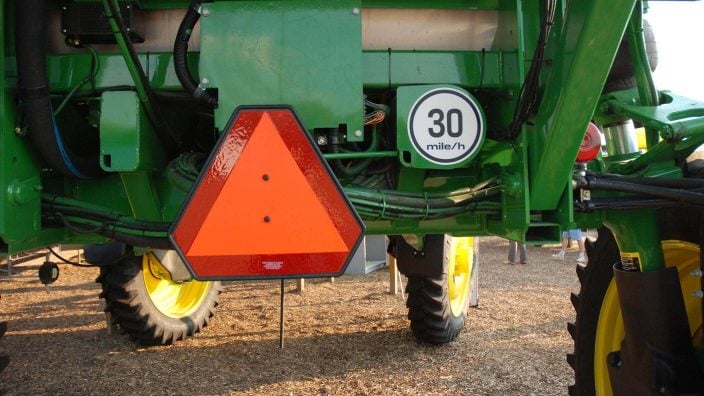
Fatigue and stress can sneak up on even the most seasoned farmer. Please, take care of yourselves.
Read More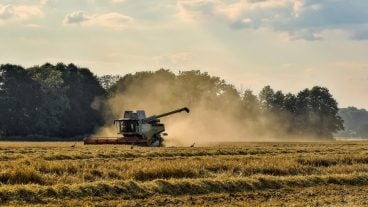
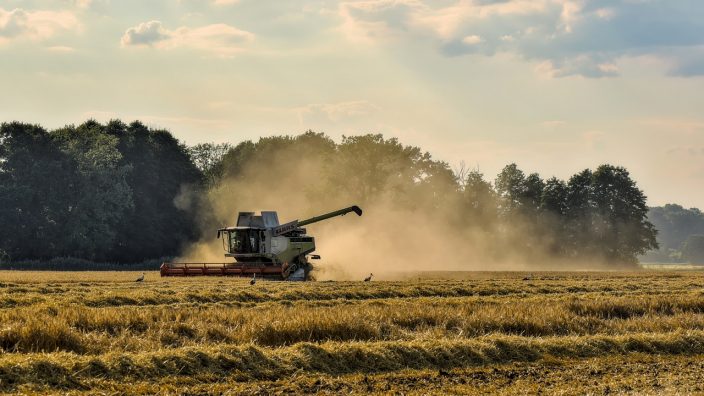
Traveling on roads with large, often oversized equipment adds to the stress.
Read More

Much of Ohio’s pumpkin crop ends up at farm markets, roadside stands and patches where families pick out carving pumpkins and pie pumpkins by hand.
Read More

Seeing these events be so successful and having kids so excited and eager to learn is truly heartwarming.
Read More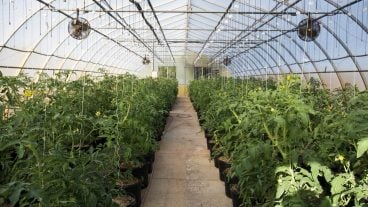
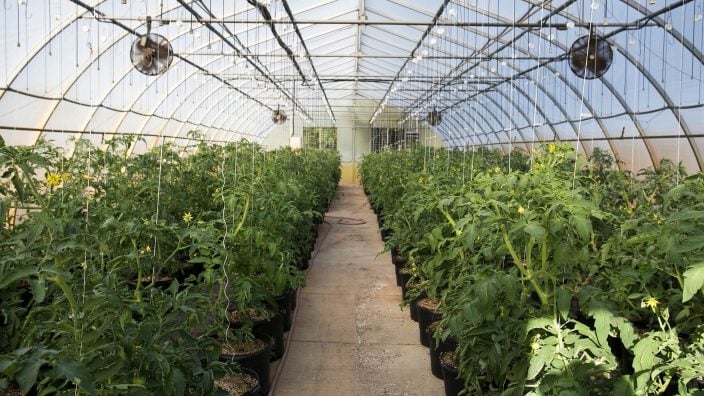
CEA will not replace traditional farming, but it is helping our food supply be more sustainably produced in the United States.
Read More